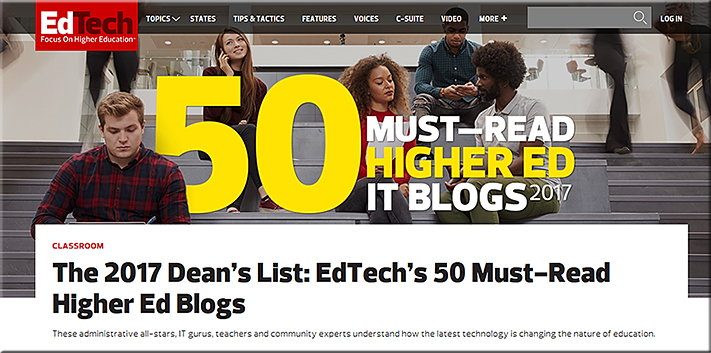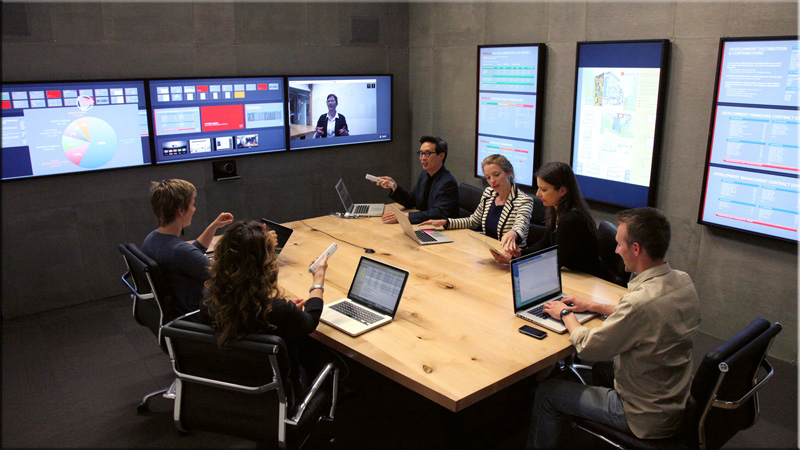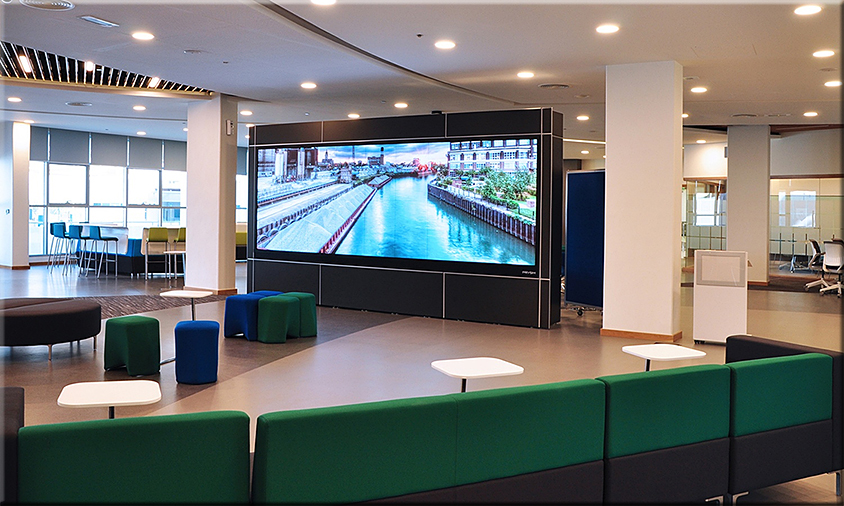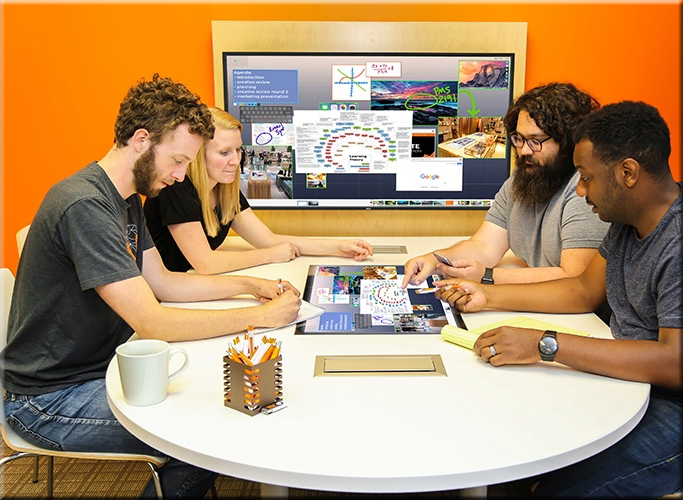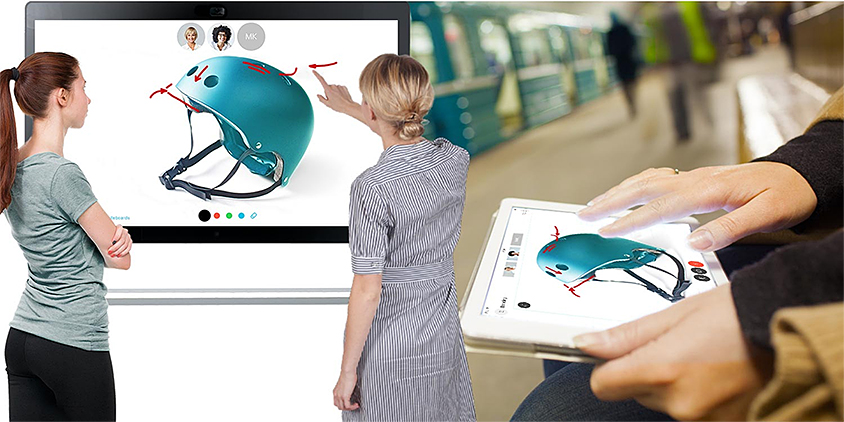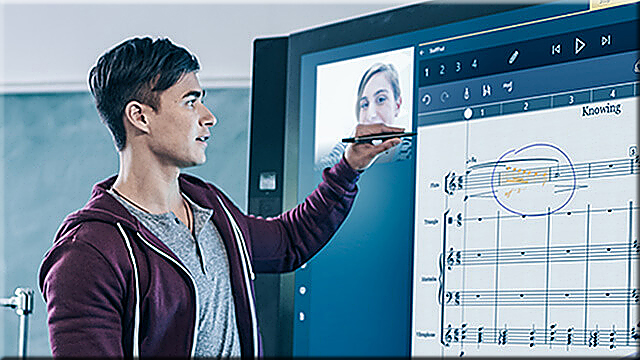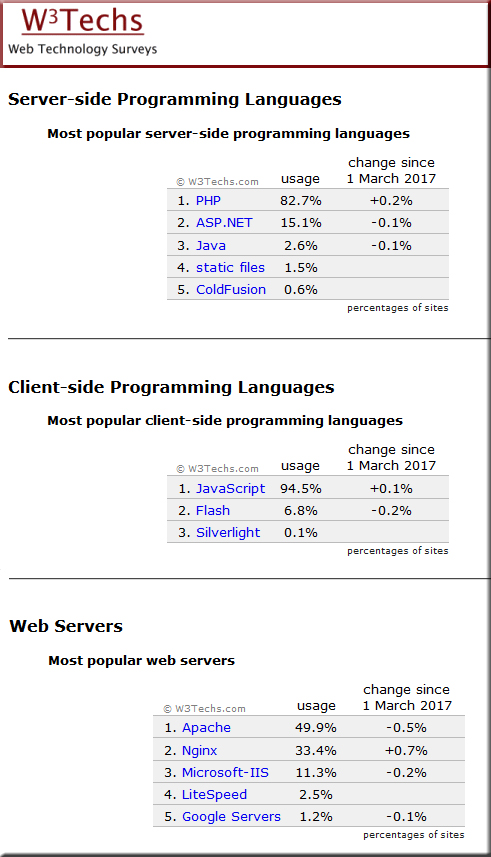From Apple itself:
- Apple Special Event. June 5, 2017 <— recording of today’s keynote address
- HomePod reinvents music in the home
San Jose, California — Apple today announced HomePod, a breakthrough wireless speaker for the home that delivers amazing audio quality and uses spatial awareness to sense its location in a room and automatically adjust the audio. Designed to work with an Apple Music subscription for access to over 40 million songs, HomePod provides deep knowledge of personal music preferences and tastes and helps users discover new music.
…
As a home assistant, HomePod is a great way to send messages, get updates on news, sports and weather, or control smart home devices by simply asking Siri to turn on the lights, close the shades or activate a scene. When away from home, HomePod is the perfect home hub, providing remote access and home automations through the Home app on iPhone or iPad.

-
Apple unveils all-new App Store
- iPad Pro, in 10.5-inch and 12.9-inch models, introduces the world’s most advanced display and breakthrough performance
iOS 11, Coming This Fall, Brings New Features That Make iPad Pro Even More Powerful — including a new Files app and the ability to drag and drop text, photos and files from one app to another.
. - iOS 11 brings powerful new features to iPhone and iPad this fall
Excerpt:
Apple is introducing a new platform for developers to help them bring high-quality AR experiences to iPhone and iPad using the built-in camera, powerful processors and motion sensors in iOS devices. ARKit allows developers to tap into the latest computer vision technologies to build detailed and compelling virtual content on top of real-world scenes for interactive gaming, immersive shopping experiences, industrial design and more.
. - macOS High Sierra delivers advanced technologies for storage, video and graphics
Excerpt:
Apple today previewed macOS High Sierra, the latest version of the world’s most advanced desktop operating system, delivering new core storage, video and graphics technologies that pave the way for future innovation on the Mac. macOS High Sierra offers an all-new file system, support for High-Efficiency Video Coding (HEVC) and an update to Metal, Apple’s advanced graphics technology that powers everything from machine learning to virtual reality content creation.
Also see:
The 8 biggest announcements from Apple WWDC 2017 — from theverge.copm by Natt Garun
Excerpt:
Apple introduced a new ARKit to let developers build augmented reality apps for the iPhone. The kit can help find planes, track motion, and estimate scale and ambient lighting. Popular apps like Pokémon Go will also use ARKit for improved real-time renders.
Rather than requiring external hardware like Microsoft’s HoloLens, Apple seems to be betting on ARKit to provide impressive quality imaging through a device most people already own. We’ll know more on how the quality actually compares when we get to try it out ourselves.
Everything Apple Announced Today at WWDC — from wired.com by Arielle Pardes
Excerpt:
On Monday, over 5,000 developers packed the San Jose Convention Center to listen to Tim Cook and other Apple execs share the latest innovations out of Cupertino. Over the course of two and a half hours, the company unveiled its most powerful Mac yet, a long-awaited Siri speaker, and tons of new software upgrades across all of the Apple platforms, from your iPhone to your Apple Watch. Missed the keynote speech? Here’s a recap of the nine biggest announcements from WWDC 2017.
Apple is launching an iOS ‘ARKit’ for augmented reality apps — from theverge.com by Adi Robertson
Excerpt:
Apple has announced a tool it calls ARKit, which will provide advanced augmented reality capabilities on iOS. It’s supposed to allow for “fast and stable motion tracking” that makes objects look like they’re actually being placed in real space, instead of simply hovering over it.
Apple is finally bringing virtual reality to the Mac – from businessinsider.com by Matt Weinberger
Excerpt:
Apple is finally bringing virtual reality support to its Mac laptops and desktops, bringing the company up to speed with what many see as the next phase of computing.
At Monday’s Apple WWDC event in San Jose, the company announced that with this fall’s MacOS High Sierra update, the Mac will support external graphics hardware — meaning you can plug in a box and greatly increase your machine’s graphical capabilities.
In turn, that external hardware will give the Mac the boost it needs to support virtual reality headsets, which require superior performance to create an immersive experience.









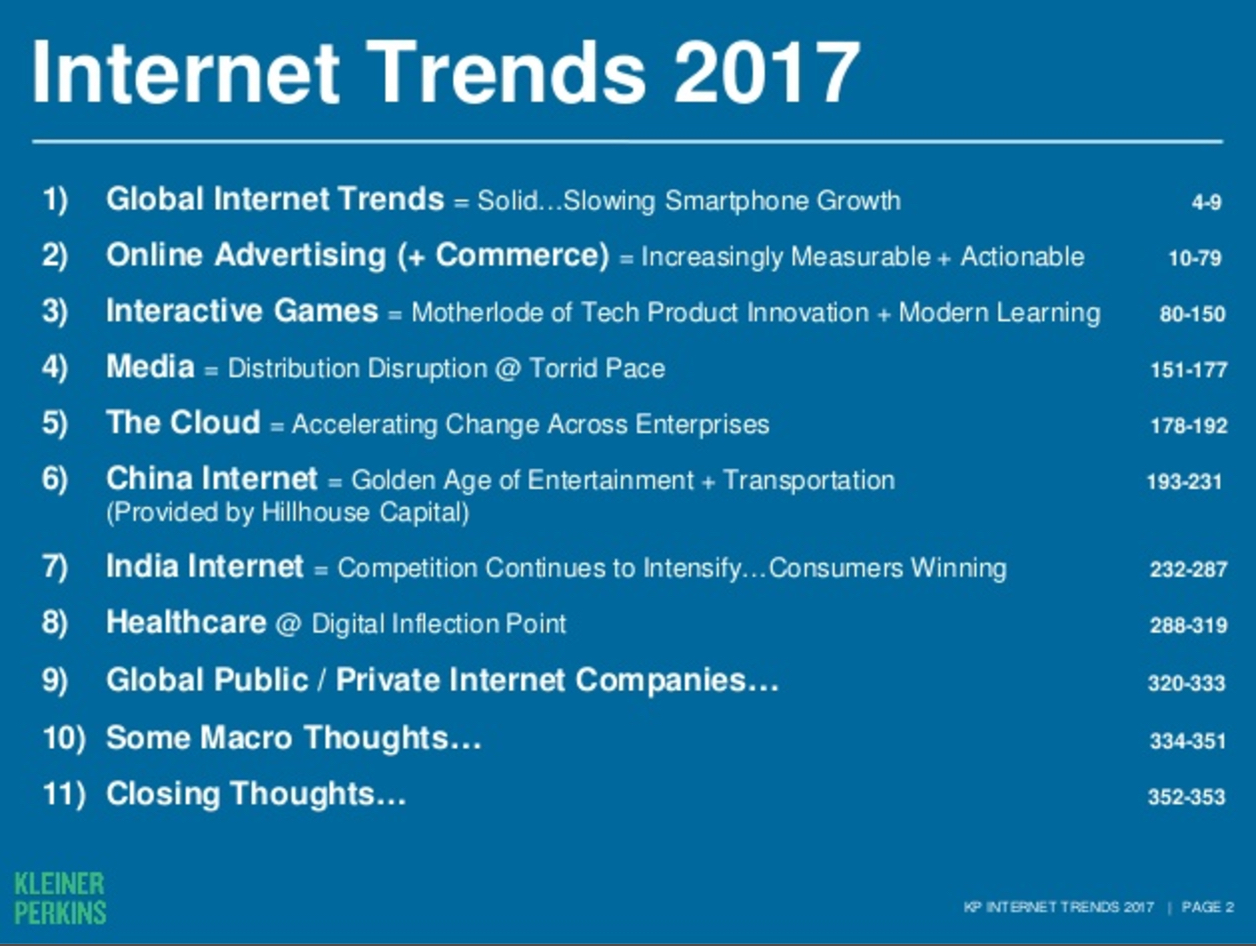

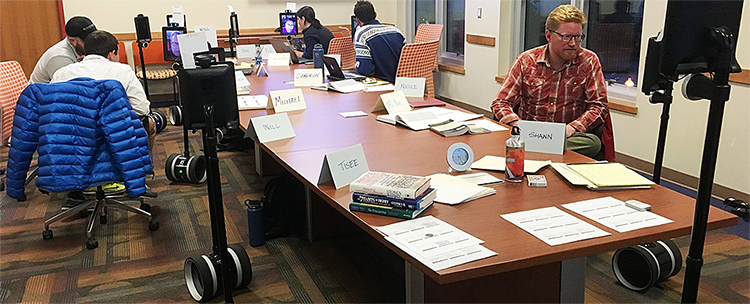
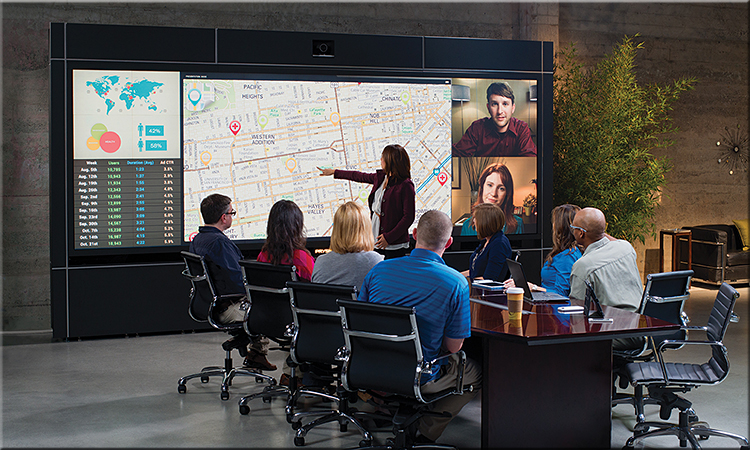

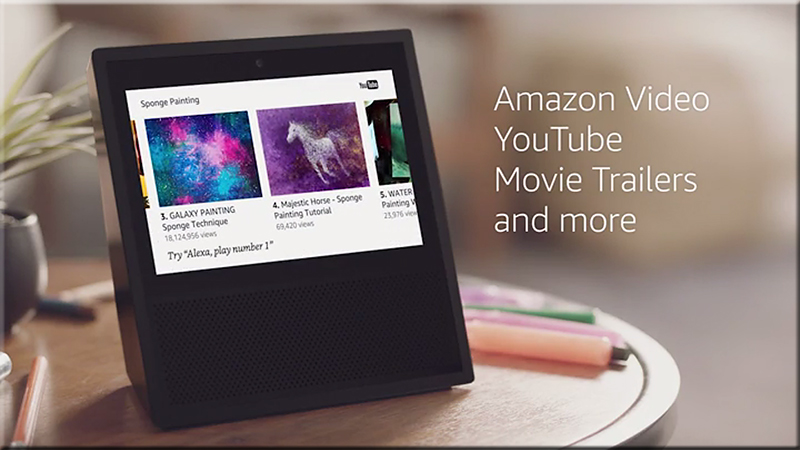


![The Living [Class] Room -- by Daniel Christian -- July 2012 -- a second device used in conjunction with a Smart/Connected TV](http://danielschristian.com/learning-ecosystems/wp-content/uploads/2012/07/The-Living-Class-Room-Daniel-S-Christian-July-2012.jpg)
